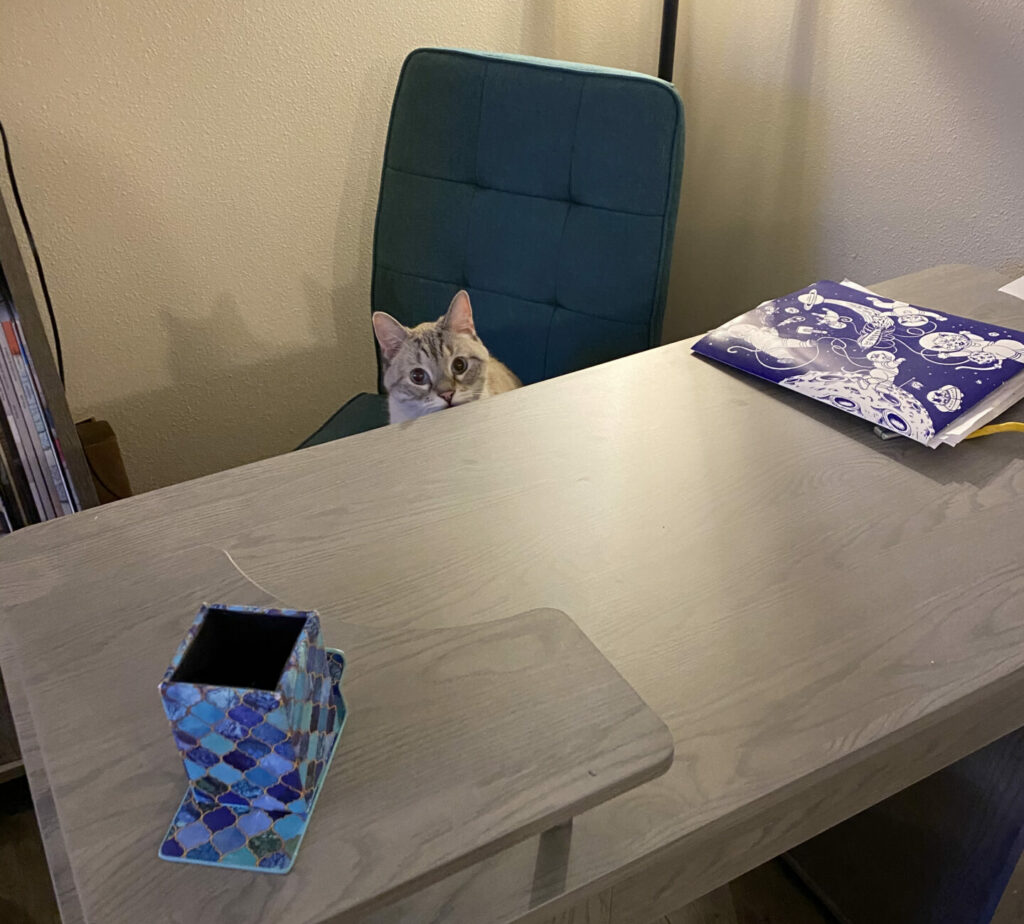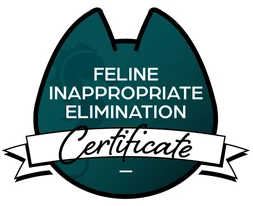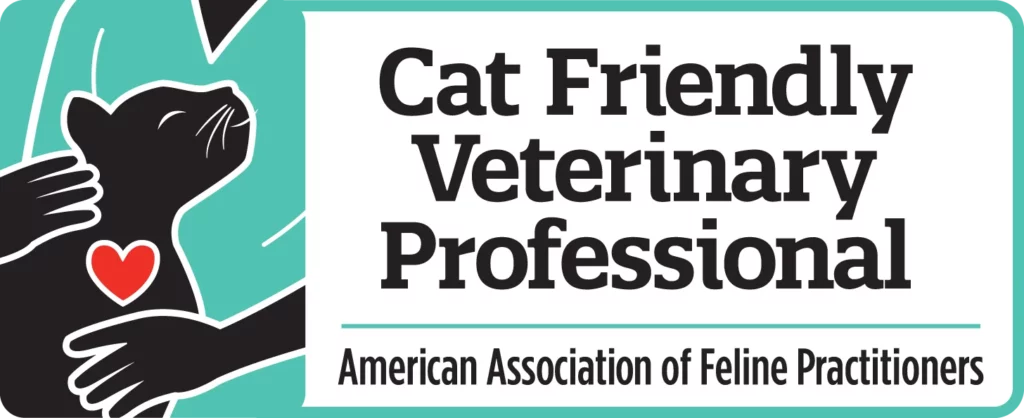The Minnesota House of Representatives recently introduced HF 4956, a bill to ban the elective declawing of cats in the state. The bill allows for exceptions where the declawing would be done for therapeutic reasons for the cat such as to treat a medical illness or remove a tumor.
Due to the potential harm to both cats and humans from declawing, I am fully in favor of this bill. I encourage everyone who cares about the welfare of cats in Minnesota to contact their state representatives to encourage them to support this important piece of legislation. Doing so will let them know that this is an issue that their constituents care about and it’s not just a frivolous bill. I’ve put together a bit of information for fellow Minnesota cat lovers to encourage their representatives to support this bill (and hopefully will be helpful to people elsewhere advocate for a declawing ban!).
Steps For The Bill To Become Law
In order for the bill to become law, it needs to get out of the House Agriculture Finance and Policy committee and be voted on by the House. The Senate also needs to pass a companion bill and then Governor Walz must sign it into law. If you’re interested in reading about the full process of what needs to be done, I encourage you to read up on how a bill becomes law in Minnesota.
As of writing, HF 4956 has currently been read and moved to the Agriculture Finance and Policy subcommittee. That means that the next step is getting it to the full House for a vote along with getting a companion bill in the Senate.
What You Can Do To Help The Bill Pass
If you want to help protect the cats of Minnesota and ban elective declawing, there are a few easy but important steps you can take. I’ve outlined them below along with provided a few resources and templates for contacting your representatives.

Contact Your Representatives
The most important thing you can do is contact your own representatives to let them know you are in favor of HF 4956 and that you would like them to vote in favor of it. If you’re not sure who your House representative is, you can easily look them up and find their contact information. You have the option of calling or writing to your representative, though calling may be more effective.
If you have a representative who is on the House Agriculture Finance and Policy committee, it is especially important to contact them. The members of the House Agriculture Finance and Policy committee are:
- Rep. Samantha Vang (District 38B) of Brooklyn Center
- Rep. Kristi Pursell (District 58A) of Northfield
- Rep. Paul Anderson (District 12A) of Starbuck
- Rep. John Burkel (District 01A) of Badger
- Rep. Ethan Cha (District 47B) of Woodbury
- Rep. Luke Frederick (District 18B) of Mankato
- Rep. Rick Hansen (District 53B) of South St. Paul
- Rep. Bobbie Harder (District 17B) of Henderson
- Rep. Steven Jacob (District 20B) of Altura
- Rep. Natan Nelson (District 11B) of Hinckley
- Rep. Lucy Rehm (District 48B) of Chanhassen
- Rep. Samantha Sencer-Mura (District 63A) of Minneapolis
- Rep. Brad Tabke (District 54A) of Shakopee (who is one of the authors of the bill)
Sample Letter To Your House Representative
Not sure what to write? I’ve got you covered. The following is a template you can use when writing to your representative, though it is best that you personalize it to make it your own.
Dear YOUR REPRESENTATIVE,
My name is YOUR NAME. I am a constituent of yours and am writing to encourage your support for HF 4956. This bill bans the elective declawing of cats in the state of Minnesota. It protects not only the welfare of cats, but ultimately of humans as well.
Declawing cats involves amputating the last bones on their paws. It is often done electively in order to prevent destructive scratching, address aggressive behavior, or because of medical concerns for the cat owner. Declawing for these reasons are completely unnecessary as there are viable alternatives that the average cat owner can easily implement to allow them to keep their cat while not risking the problems that arise from declawing a cat. Cat owners can work with their veterinarian or a cat behaviorist to address unwanted behaviors in way that builds their bond with their cat while still allowing the cat to have their claws.
Cat declawing is associated with numerous behavior problems including increased litter box problems both immediately after the procedure and later in life, increased biting, and inability to engage in natural cat behaviors. Cats who are declawed may put the health of their owners at risk because a cat bite is more dangerous than a cat scratch. It can lead to increased costs for the cat owners when their cats need treatment for pain or other problems declawed cats can develop later in life.
It ultimately benefits veterinarians to have elective declawing banned in Minnesota as well. HF 4956 allows veterinarians to perform a declaw procedure if it is medically necessary to treat an illness in the cat. It allows veterinarians to spend more time counseling clients on how to address behavior concerns in ways that benefit cats and can increase their income as they may need the client to return for follow up visits to keep addressing the unwanted behaviors.
It also reduces the chances of rehoming due to the behavior problems that can result from declawing. A recent study following a declawing ban in British Columbia noted that the ban did not result in increased rates of cats being euthanized or rehomed due to destructive scratching. In fact, less than 1% of cats surrendered to a shelter during the study were due to destructive behaviors. Cats are significantly more likely to be rehomed or euthanized due to aggression or the cat not using the litter box than destructive scratching so banning declawing would reduce the burden on already over run animal rescue organizations.
I appreciate you taking the time to consider this important piece of legislation and hope you will take the side of the cats of Minnesota by suporting HF 4956.
Feel free to remove parts or add in personal stories to really share why you are opposed to declawing and your representative should vote in favor of this bill. Making it unique and personalized helps drive home why this bill matters. You can also modify it slightly to send to your state senator to encourage them to bring up a companion bill in the Senate.
Encourage Your Friends And Family To Contact Their Representatives
Of course, you can only do so much as an individual so try to recruit other cat lovers in your life to contact their representatives in support of the bill. Share this post with them, post on social media, and have conversations on why banning declawing benefits both humans and cats.
Thank The Authors
Declawing cats can seem like an unimportant issue when compared to some of the other legislation being considered. We want the authors of HF 4956 to know that their work is appreciated. Sending them a quick e-mail to thank them for writing the bill and letting them know that it’s something Minnesotans care about is helpful. The bill was authored by Rep. Andy Smith of Rochester and Rep. Brad Tabke of Shokapee. Send them a nice thank you note!
Learn More About The Problems With Declawing Cats
Many people still think declawing is no big deal and don’t realize how problematic it can be for cats. They also don’t realize the long term consequences that cats can have because of declawing or how it can greatly damage the human animal bond when a cat develops more aggressive behaviors following a declawing.
Many people, understandably so, may worry they need to declaw their cat due to a medical condition but aren’t aware that the CDC’s official position is to not declaw your cat. In addition to my work with cats, I am also a licensed physician assistant and I can assure you I would never recommend a patient get their cat declawed for medical reasons. I’d recommend the opposite! There are better ways to protect your health while still keeping your cat and people can work with their medical provider to come up with a plan to keep themselves safe.
Some great resources to learn more about the problems with declawing cats:
- I have blog posts on why declawing a cat won’t help with aggressive behaviors and how declawing a cat can cause litter box problems
- The Paw Project has great educational resources
- Read this study on the effect of a declawing ban on shelter euthanasia and relinquishment (TL;DR: there was not an increase in euthanasia or relinquishment of cats)
- Read about the medical risks of declawing
- Familiarize yourself with local resources that are available to help cats and their humans
Share The Knowledge
Don’t just keep what you learn to yourself! Sharing is caring. In this case, you’re caring about both humans and cats. Talk with friends and fellow cat lovers about why declawing isn’t the answer. You never know who will hear it and change their mind about declawing their cat!
It can also be helpful to help your loved ones know about potential solutions to common reasons people declaw their cats. Honestly, I love when I get destructive scratching cases because they are pretty easy to resolve compared to other behavior concerns. You can help your friends pick out a good scratching post or even just recommend my favorite one, the SmartCat Ultimate Scratching Post. I have three of them. I even wrote a review because I love the scratching post that much.
Next Steps For HF 4956
As of writing, HF 4956 is still in the early phases of its journey. Even if it doesn’t get brought before the house this year, letting your representatives in the House know that this is an issue you care about can encourage them to bring it up in future legislative sessions. You may also want to contact your representative in the Senate to encourage them to introduce similar legislation.
Together, we can help the cats of Minnesota not only keep their claws but also prevent humans from creating long term problems for their cats.










